Eight great Japanese sweets for celebrating Wagashi Day (or just for celebrating today)!
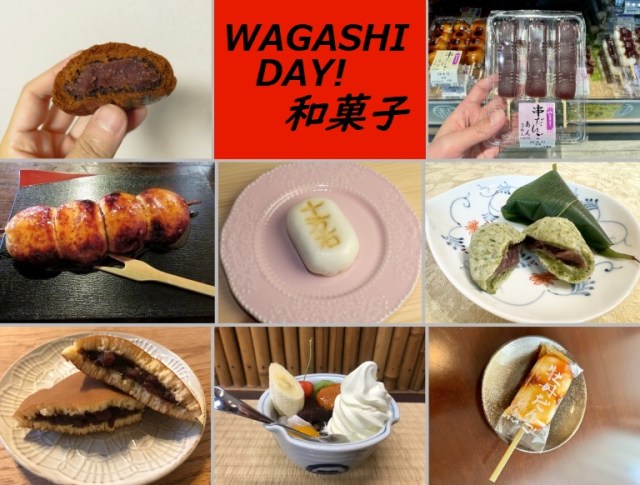
Here are our picks as we happily take Japan’s historical/cultural excuse to eat desserts.
Japan has a lot of quasi-holidays, and one of the sweetest is on June 16, Wagashi Day, a day to celebrate (and eat) wagashi, or traditional Japanese sweets.
The date was chosen by the Japan Wagashi Association, which marked the first Wagashi Day in 1979. According to historical records, June 16 was the date on which Emperor Ninmyo, in the year 848, made a shrine offering that included wagashi while praying for good health. In later centuries, during the Muromachi period, it became poplar among samurai and the nobility to eat wagashi in a ceremony called kajo, also held on June 16, which was said to grant good fortune and health.
Of course, modern nutritional science has taught us that desserts aren’t really the key to unlocking optimum health. There’s nothing wrong with the occasional indulgence, though, so we were more than happy to take June 16 as an excuse to treat ourselves to some wagashi, and today we’re presenting 8 of our absolute favorite types of Japanese sweets, including which maker, as picked by a panel of SoraNews24’s reporters.
1. Dorayaki made by Usagiya (P.K. Sanjun’s pick)

Dorayaki is a pair of palm-sized pancake-like cakes with a filling of sweet red bean paste.
I like all kinds of wagashi, but none of them can surpass the dorayaki made by Usagiya. They sell them at the Usagiya shop in Tokyo’s Ueno neighborhood, and right in the same building, in the basement, is the kitchen where they make the dorayaki, so the ones you get there are super fresh. People even joke that there’s a team of rabbits (usagi in Japanese) working down there. The dorayaki cost 240 yen (US$1.55), and there’s no other wagashi that can make me this happy for this price.
2. Kokuto manju from a convenience store (Seiji Nakazawa’s pick)
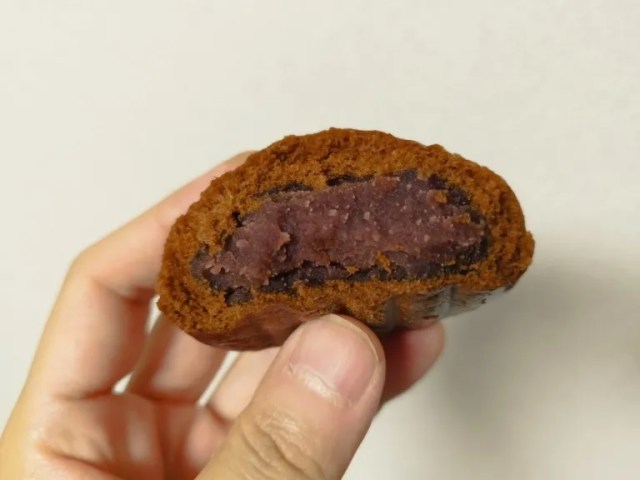
Kokuto manju is a manju (sweet dumpling) made with kokuto (brown sugar) and a filling of sweet red bean paste.
I love koshi-an (smooth sweet bean paste). I’ve loved it ever since I was a little kid, and I especially love it when it’s inside kokuto manju, and even more than a freshy cooked kokuto manju from a specialty shop, where the dough might have a little bit of crispness, I like the ones you can pick up at any convenience store. The dough is fluffy but doesn’t get in the way of the flavor of the koshi-an, and you can really taste the koshi-an flavor after it’s cooled down. That quality is really convenient across convenience store chains too, and I love that it’s something you can always treat yourself to. If you haven’t tried them yet, give them a shot at your local convenience store – they only cost about 100 yen.
3. Botan Dango from Fukuya (Go Hatori’s pick)
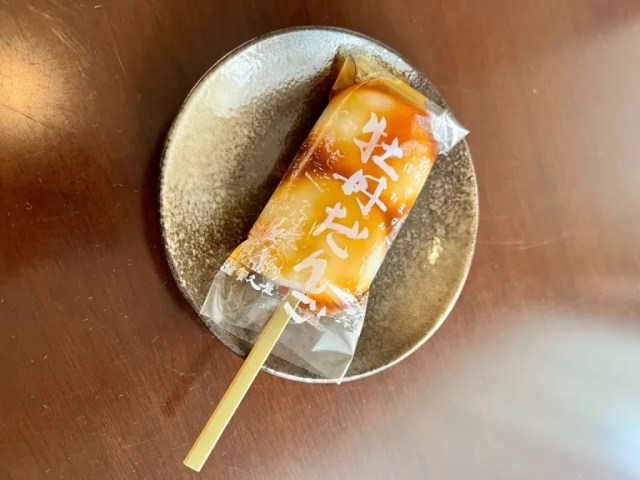
Dango are round mochi dumplings, usually served on a wooden skewer.
Fukuya’s Botan Dango are dango with anko (sweet bean paste) inside, and the dango are covered with anko too. It’s such a decadent double serving that the first time I tried them I almost fainted from how good they tasted. Botan dango are so good that I think anyone will fall in love with them instantly, so they’re a great choice to give as a gift. Actually, I give them as a gift to myself sometimes too. When I’ve been working really hard, I’ll get myself a skewer, pour a cup of tea, and take a happy little moment for myself. Fukuya is originally from Saitama Prefecture, but they have one shop in Tokyo, in Ogikubo, and I think it’s worth making the trip there just to buy these.
4. Jumnagoku Manju from Jumangoku Fukusaya (Mr Sato’s pick)
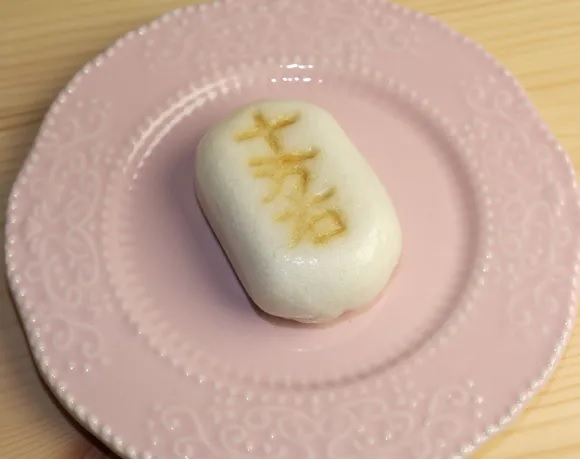
When I hear the words “delicious wagashi,” the thing that instantly appears in my mind is this famous manju from the town of Gyoda in Saitama Prefecture. The dough isn’t that thick, so there’s plenty of room inside for anko, enough so that the second you bite into it, your taste buds get wrapped in that captivating sweet sensation and your heart feels full of satisfaction.
5. Kushi Dango from Yamazaki Bread (Takamichi Furusawa’s pick)
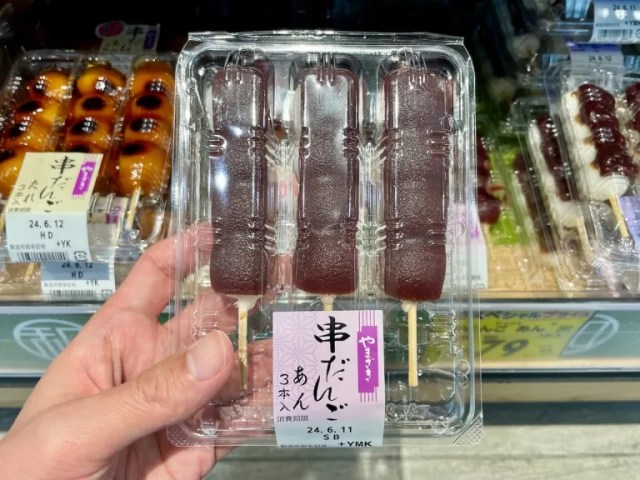
In terms of cost performance, I think this is the best wagashi there is, and they’re my go-to sweet snack. You get three skewers for only about 100 yen, and you can find it really easily in convenience stores, so it’s super convenient too. The anko has a gentle sweetness to it, and the dumplings are smooth with just the right amount of chewiness. Pop the skewers in the microwave for 30 seconds and they get warm, melty, and even better.
6. Yakimanju from Chuji Chaya (Ahiruneko’s pick)
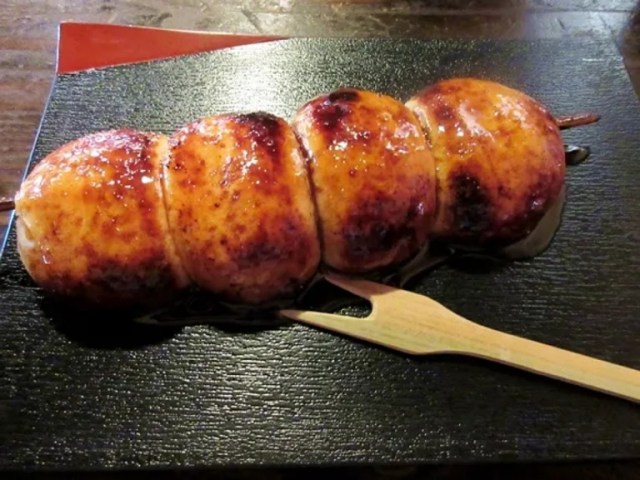
Gunma Prefecture is famous for yakimanju, which are dumplings that are grilled after being steamed, and slathered with a flavorful miso-based sauce. The sauce is very sweet, but if you get dumplings without any sweet bean filling inside, then the balance between the sweet sauce and doughy manju is actually really good. My grandparents, who live in Gunma, have been sending me these in the mail since I was a little kid, and it’s a flavor I’ve loved for as long as I can remember.
7. Fusuma manju from Awaya Sobeiya (Yoshio’s pick)
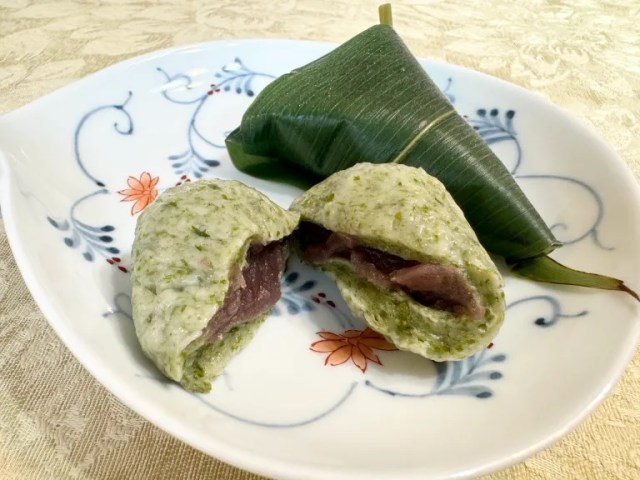
I’ve loved these ever since I was in elementary school, and I’ve been eating them ever since. So have my mom and my two older sisters. They’re nice and chewy, and the bean paste inside isn’t too sweet. The dough is made with kawanori, an edible mountain stream algae that can be prepared like dried seaweed, which gives it a special rustic feel.
8. Handmade Monaka from Fukusaya (Mariko Ohanabatake’s pick)
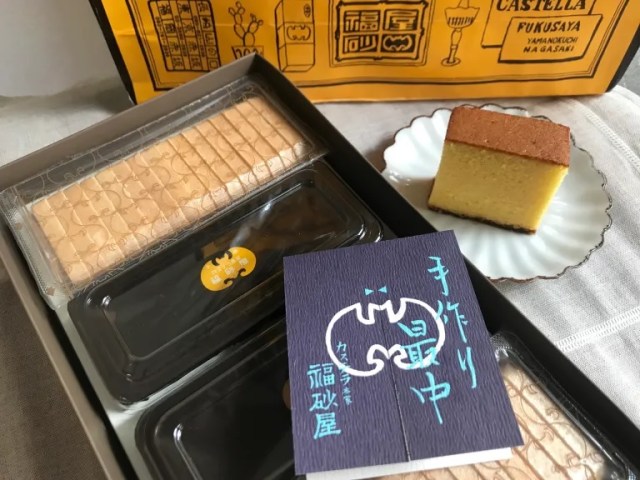
Monaka are mochi wafers with a sweet filling.
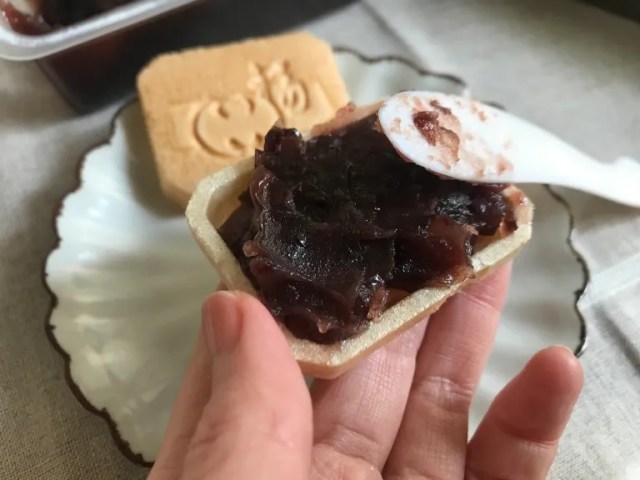
Nagasaki’s Fukusaya is most famous for its castella cakes, but among us locals, their Handmade Monaka are a big hit too! The wafers are fragrant and crisp, and the set comes with sweet bean paste for you to spoon in between them. It’s such a blissful combination that after trying it, you might not be able to go back to other monaka.
And remember, even though Wagashi Day 2024 is already over, the best day to eat wagashi is always whatever day you feel like it.
Related: Usagiya, Fukuya, Jumangoku Fukusaya, Chuji Chaya, Awaya Sobeiya, Fukusaya
Photos © SoraNews24
● Want to hear about SoraNews24’s latest articles as soon as they’re published? Follow us on Facebook and Twitter!
Credit:

0 comments: